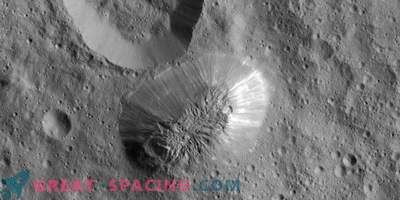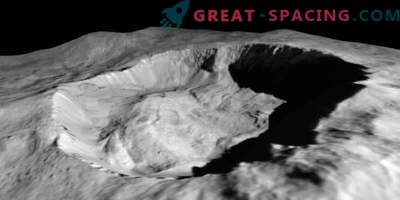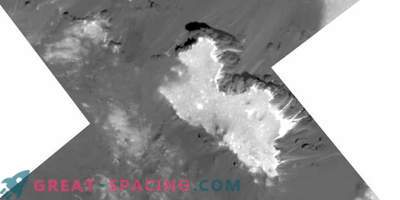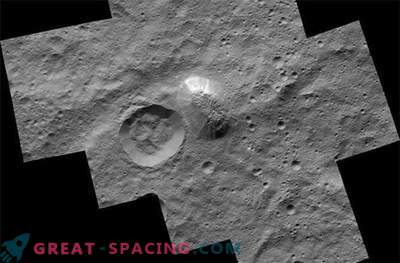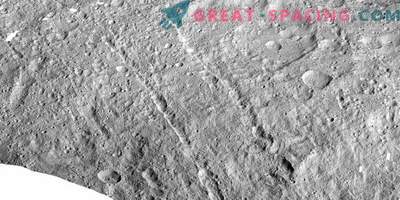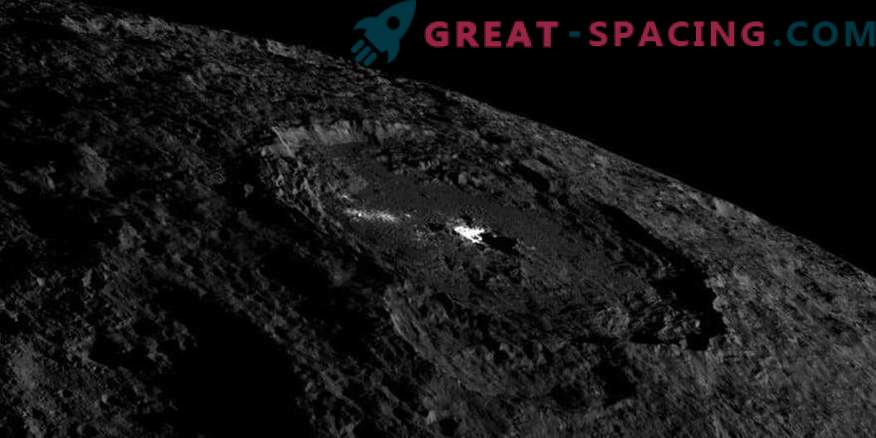
New evidence of the icy volcanism of a dwarf planet (cryovolcanism) was obtained from a NASA Dawn space probe orbiting Ceres.
On Ceres, volcanoes are raging. But instead of fiery lava ice and brine breaks out. Previously, Dawn identified a strange mountain and other features that seemed to be created by an icy volcano.
Now scientists from the Institute of Solar System Research. Max Planck (MPS) found evidence of this activity in the Occator impact crater, whose central pit contains bright mineralized material covering it, forming a raised dome.
The researchers realized that the salt substance is younger than the crater itself: unlike the 30 million owner, the material is only 4 million years old. This means that mineral salts are fed from the bottom of the surface, as is terrestrial magma. Similar cryovolcanisms were also observed on Pluto and Enceladus Saturn. Ceres - the closest object on which activity was noticed.
Dawn has been following Ceres for two years. During this time, scientists from MPS received evidence of complex activity on the surface: avalanches, cracks, and younger and smaller craters.
“These data allow us to trace the origin and evolution of craters more clearly than ever,” said lead author Andreas Natus.
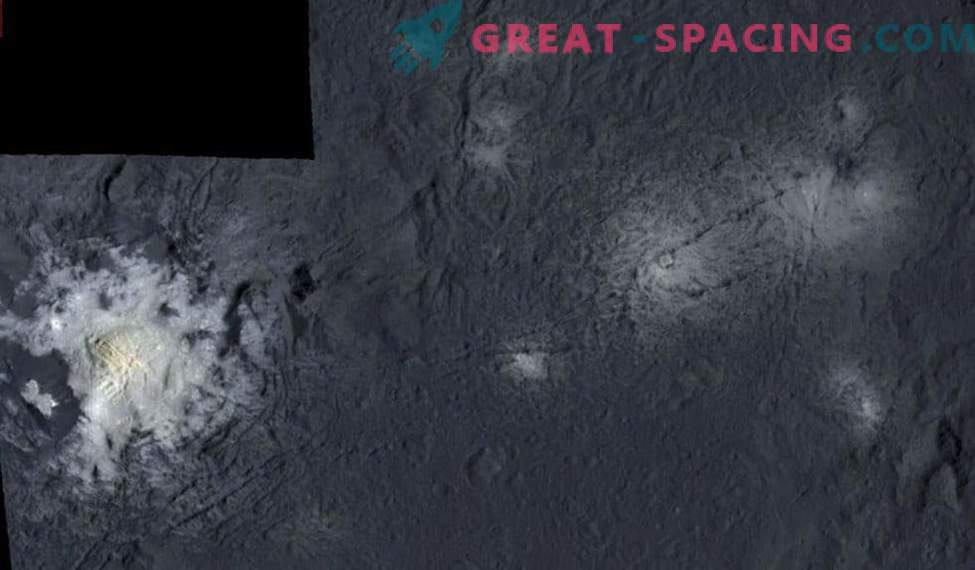
The false-color mosaic shows the inside of the Occator crater, as well as the bright dome of salted material seen from the left. The central dome is about 2.9 km in diameter and rises to 1,300 feet (400 m).
The crater is located in the northern hemisphere and has a diameter of 57 miles (92 km). Inside, there is a pit 7 miles wide in the center, and its rim rises to 2,460 feet (750 meters) above the surface. Inside the pit is a bright 2.9 km dome, created from a younger material. Data from infrared cameras show that it contains salts - carbonates.
The reason scientists believe that the cryovolcanic dome in front of them, and not something buried beneath the crater site, is because the later attacks did not form such material.
To estimate the age of the crater and the dome, the team had to calculate the number of craters in the area. A large number indicates that this site is older and longer.
This increased the likelihood that the shock that created the Orrator crater allowed the salt solution to approach the surface and make an eruption.




